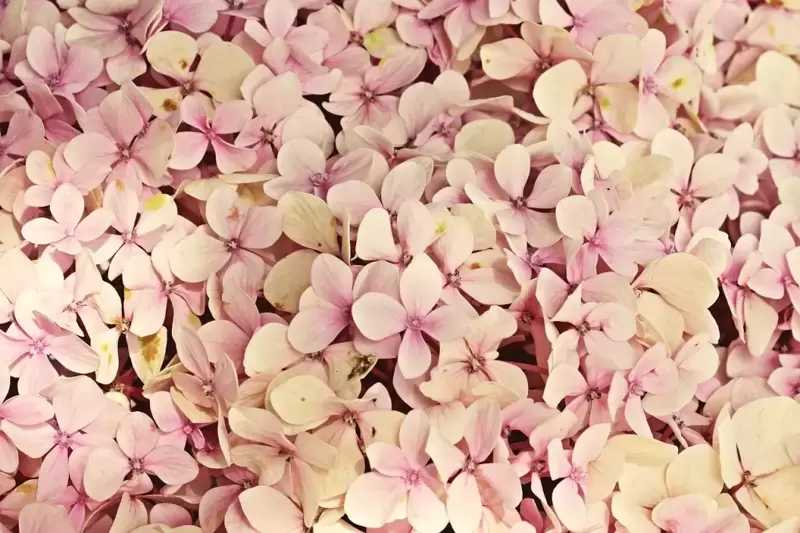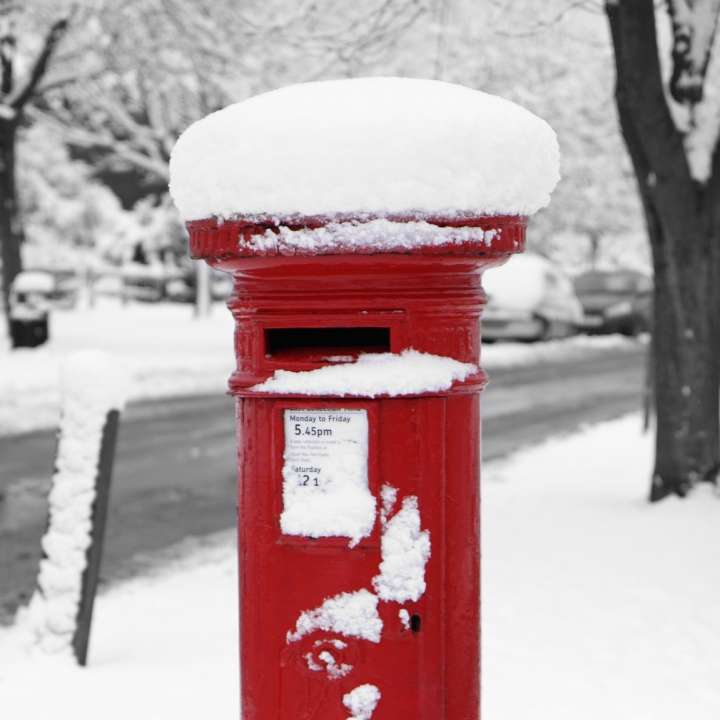
Originating in Japan, the Hydrangea has become one of our quintessential summer plants. One of things we love about them is their versatility; whether you have a traditional garden, cottage garden, or modern garden, a hydrangea will look fantastic adding a beautiful burst of colour to beds and borders.
Not only do they look great in summer but their mophead flowers will keep on giving into the autumn if left to turn brown. They can be dried and used in festive wreaths and displays at Christmas and some varieties are evergreen so their leaves will provide garden interest throughout the year.
There are a wide range of Hydrangeas available, from the traditional shrubby varieties with their pink, white and blue mophead flowers, to the more delicate conical shaped varieties. There are also climbing hydrangeas which are perfect for covering a north or east facing wall.
The chameleon of the garden, the colour of some hydrangeas will change depending on the acidity of the soil. Acidic soil leads to blue flowers, neutral soils will see mauve flowers, and alkaline soil will produce pink flowers.
Hydrangeas are relatively easy to grow. They love a sheltered, partially shady spot in well-drained soil, and as the name would suggest, they like to be kept moist.
So we think you’ll agree that these beautiful plants are varied, versatile and a veritable feast for the eyes!
Click here to see our range of hydrangeas.
How to prune a mophead hydrangea
Mophead hydrangeas should be pruned in late winter or early spring, and the process is straightforward
- Leave the dried flower heads on the plant over winter to protect the new developing buds from frost; then deadhead them in spring, cutting back to the first pair of healthy buds below the flowerhead.
- If buds do get damaged by frost, cut the stems back to a strong pair of healthy buds.
- Cut back one or two of the older flowered stems to their base to promote new growth.

